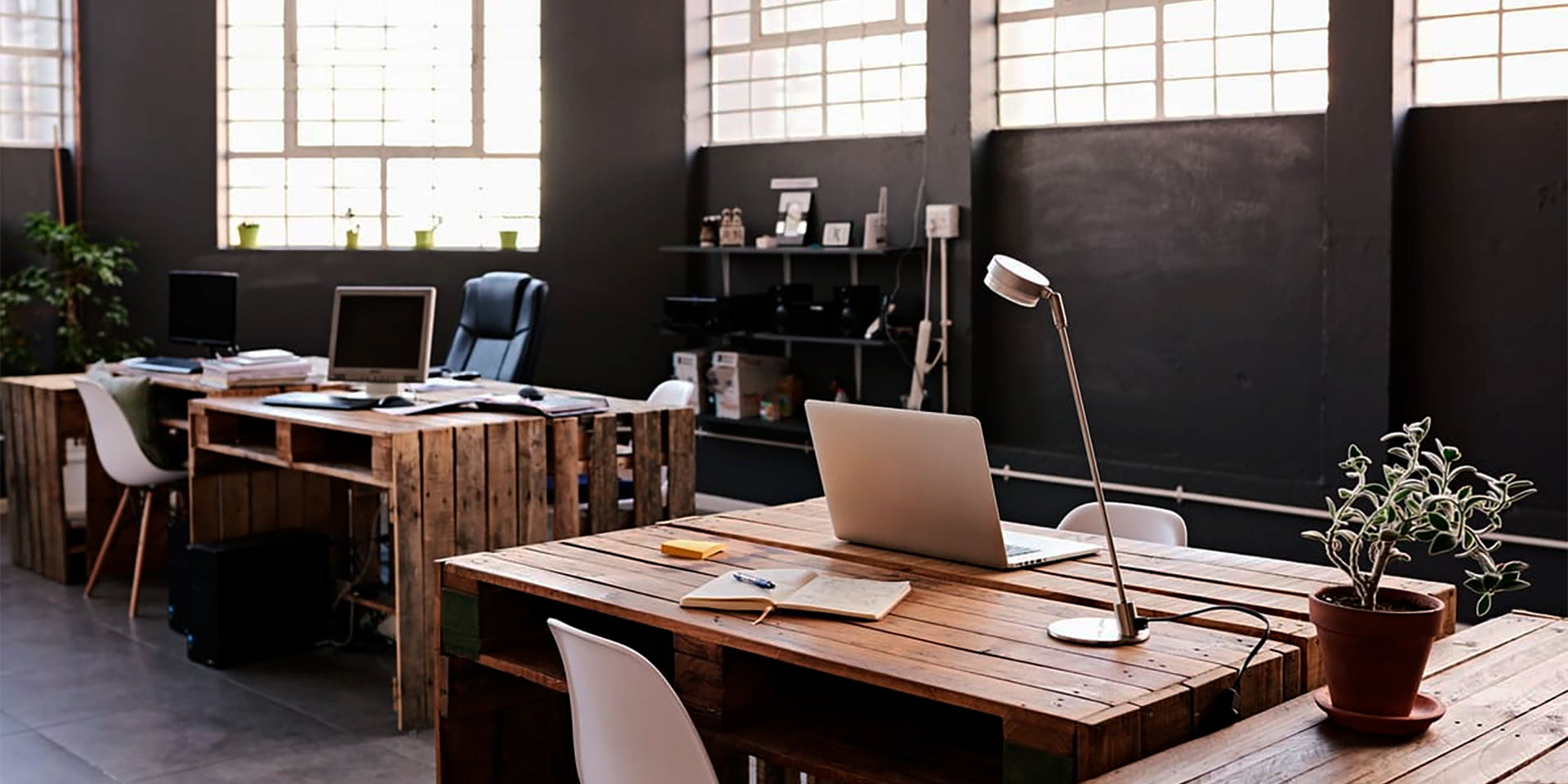In the fast-paced world of IT, having an ideal workspace is crucial for enhancing productivity and ensuring employee satisfaction. An optimized IT workspace can help reduce stress, improve focus, and foster creativity. This article explores various strategies to design a comfortable and efficient IT workspace that meets the needs of both employees and the organization.
Assessing Your Current Workspace
Before making any changes, it’s essential to evaluate your current workspace. Identify any areas that may be hindering productivity or causing discomfort. Consider factors such as:
- Ergonomics: Are the desks and chairs comfortable and adjustable?
- Lighting: Is the lighting sufficient and free from glare?
- Noise Levels: Is the workspace quiet enough to allow for concentration, or is there excessive noise?
- Organization: Is the space cluttered, or is there adequate storage for equipment and documents?
- By understanding the strengths and weaknesses of your current setup, you can make informed decisions about what changes are necessary.
 Ergonomic Furniture
Ergonomic Furniture
One of the most important aspects of an IT workspace is ergonomics. Poor ergonomics can lead to discomfort, fatigue, and even injury, which can significantly impact productivity. To create an ergonomic workspace:
- Invest in Quality Chairs: Choose chairs that provide good lumbar support and are adjustable in height and tilt. Employees should be able to sit comfortably with their feet flat on the floor and their knees at a right angle.
- Adjustable Desks: Consider adjustable desks that can be tailored to the height of the user. Sit-stand desks are also a great option, allowing employees to alternate between sitting and standing throughout the day.
- Monitor Placement: Position monitors at eye level to prevent neck strain. The top of the screen should be at or slightly below eye level, and the screen should be about an arm’s length away from the user.
- Keyboard and Mouse: Ensure that keyboards and mice are placed so that the user’s arms can remain at a 90-degree angle. Ergonomic keyboards and mice can also help reduce strain on the wrists and hands.
Optimizing Lighting
Proper lighting is essential for maintaining productivity and reducing eye strain. Natural light is the best option, so try to position workstations near windows. If natural light isn’t available or sufficient, consider the following tips:
- Task Lighting: Use adjustable desk lamps to provide focused lighting for tasks that require close attention.
- Ambient Lighting: Ensure that the workspace has adequate ambient lighting to prevent shadows and reduce eye strain.
- Avoid Glare: Position monitors and lights to minimize glare. Anti-glare screens can also be helpful.
Reducing Noise
Noise can be a significant distraction in an IT workspace, affecting concentration and productivity. Here are some strategies to reduce noise levels:
- Soundproofing: Use soundproofing materials such as acoustic panels, carpets, and curtains to absorb noise.
- White Noise Machines: Consider using white noise machines or apps to mask distracting sounds.
- Quiet Zones: Designate specific areas of the office as quiet zones where employees can work without interruption.
- Headphones: Encourage the use of noise-canceling headphones for employees who need to focus.

Organization and Storage
A cluttered workspace can hinder productivity and create stress. Ensure that your IT workspace is well-organized with adequate storage solutions:
- Cable Management: Use cable organizers to keep cords and cables tidy and out of the way.
- Storage Solutions: Provide plenty of storage options such as shelves, cabinets, and drawers to keep equipment and documents organized.
- Minimalist Approach: Encourage a minimalist approach to desk organization, keeping only essential items on the desk surface.
Creating a Collaborative Environment
While individual workspaces are important, fostering collaboration is also crucial in an IT environment. Design your workspace to facilitate teamwork and communication:
- Open Plan Layout: Consider an open plan layout that encourages interaction among team members while also providing private areas for focused work.
- Meeting Spaces: Create designated meeting spaces equipped with the necessary technology for team discussions and brainstorming sessions.
- Breakout Areas: Provide comfortable breakout areas where employees can take breaks, relax, and engage in informal discussions.
Technology and Tools
Having the right technology and tools is essential for maximizing productivity in an IT workspace:
- High-Performance Equipment: Invest in high-performance computers, monitors, and other equipment to ensure that employees can work efficiently.
- Software and Applications: Provide access to the latest software and applications that can streamline workflows and improve productivity.
- Tech Support: Ensure that reliable tech support is available to address any technical issues that may arise quickly.
Promoting Health and Well-being
Employee health and well-being are directly linked to productivity. Encourage practices that promote a healthy work environment:
- Breaks and Movement: Encourage employees to take regular breaks and move around. Providing standing desks and encouraging walking meetings can help.
- Healthy Snacks: Offer healthy snacks and drinks in the office to keep energy levels up.
- Wellness Programs: Implement wellness programs that focus on physical and mental health, such as yoga classes, meditation sessions, or fitness challenges.
Flexibility and Personalization
Finally, allow for flexibility and personalization in the workspace. Employees are more productive when they feel comfortable and have some control over their environment:
- Personalized Workstations: Allow employees to personalize their workstations with items such as photos, plants, and personal items.
- Flexible Working Hours: Consider offering flexible working hours or remote work options to accommodate different work styles and schedules.
- Feedback: Regularly seek feedback from employees about their workspace and be willing to make adjustments based on their needs and preferences.
Creating the ideal IT workspace involves a combination of ergonomic furniture, proper lighting, noise reduction, organization, collaboration, technology, health and well-being, and flexibility. By implementing these strategies, you can design a workspace that enhances productivity, reduces stress, and ensures employee satisfaction. A well-designed IT workspace is not just a place to work; it’s an environment that fosters creativity, collaboration, and innovation. Invest in your workspace, and you’ll see the benefits in both employee performance and overall business success.

